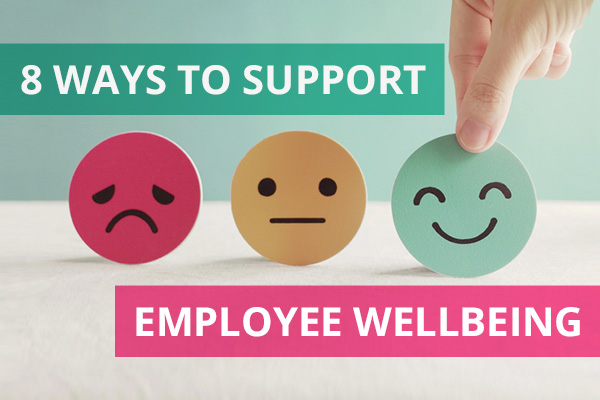
8 ways your intranet and digital workplace support employee wellbeing
Employee wellbeing has never been more important, and your intranet and digital workplace tools can make an active difference.

Employee wellbeing has never been more important, and your intranet and digital workplace tools can make an active difference.

If you’re considering a new intranet it can be difficult to know where to start. To help you, here’s a high-level intranet for beginners view of major steps to get you to a brand-new intranet.

Getting your employees to comply with your policies is possible with the right approaches and solutions in place.
Book in a live demo with us to discuss your project and find out more about our services, solutions and how we can add value to your digital workplace. Simply fill out the form and pick a time and date in our calendar.
Alternatively, if you have a question and would like more information about Content Formula, please visit our contact us page.
We look forward to meeting you.
We use cookies to give you the best experience on our site. By continuing to use our website, you are agreeing to our use of cookies. To find more about the cookies, please see our cookie notice.
You can also read our privacy policy.